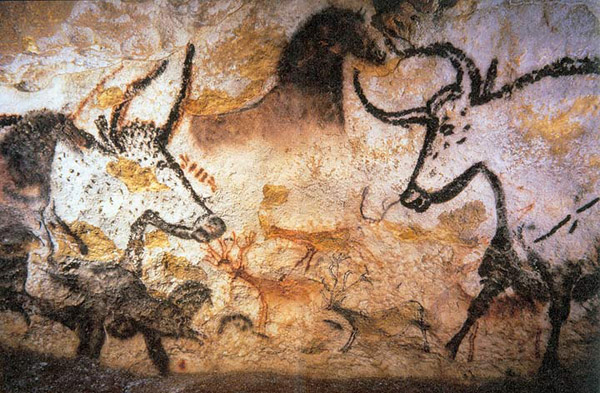person’s name: Annie Marinchak
his essay:World War II propelled Americans to forfeit and meet up for a common reason, the thrashing of dictatorship and militarism in Europe and Asia. America’s fight for democracy abroad translated into more democracy and equality through the help of African Americans, Women, Japanese Americans, and workers in the United States.
Responding to the requests of African Americans, Roosevelt approved the Committee on Fair Employment Practices to forestall racial separation in business. Five and a half million African Americans relocated north amid the war looking for work and better living conditions. In spite of unmistakable segregation by associations and industry, extreme work deficiencies opened up modern work to minorities. Encouraged by the wartime philosophy of opportunity and popular government, African Americans made the Double V battle to attest dark Americans’ requests for the rights and benefits appreciated by whites. The Nazi belief system of Aryan racial matchless quality made a few Americans ponder their nation’s own particular racial partialities, however dark relocation north and the white response to it touched off racial savagery in American urban areas amid the war. The NAACP and the Congress of Racial Equality requested equivalent rights for dark Americans, indicating the objectives of the war that Americans were occupied with abroad, however had little accomplishment amid the war years.
Women expanded generation and a workforce depleted of a huge number of men and ladies serving in the military implied that the interest for work surpassed the supply. These conditions carried ladies into the modern workforce in new numbers, yet did as such by speaking to conventional sexual orientation parts. Ladies specialists earned more cash amid the war than they had before it, however they kept on encountering separation inside and outside the workplace.
The war brought about an enormous increment in association participation. Despite the fact that laborers guaranteed not to strike amid the war, associations gave them greater capacity to consult for useful contracts and higher wages. In spite of proportioning and deficiencies, uncommon government consumptions for war creation brought thriving to numerous American families following quite a while of gloom period destitution. Unfit to purchase buyer merchandise, for example, tires, gas, or clothes washers, families rather spent their cash on motion picture tickets, music accounts, and different products, prompting a 12 percent expansion in spending for individual utilization. Because of such changes, U.S. riches turned out to be to some degree all the more uniformly appropriated and monetary imbalance declined to a constrained degree.
The internment of the Japanese amid the war was the most egregious case of the infringement of American vote based and populist rules that happened amid World War II. This gathering, which was appeared to demonstrate no specific hazard to the nation, was by the by denied of its property and common freedoms amid the war.
Another thing we can consider are the coordination of the military, principally the US Navy and ladies’ rights. Prior to the war, there were few blacks in the naval force other than in modest or benefit limits. As a result of the war, the vast majority of the male workforce had been drafted and ladies were expected to fill those production line employments. They turned out to be more free. Additionally, numerous moved toward becoming dowagers and expected to help their families. Therefore, post-war, more ladies joined the workforce and looked for better training to wind up an option that is other than a medical caretaker, educator or sister.
We need to recognize that toward the finish of World War II in 1945 the Grand Alliance had no longer good targets. As ahead of schedule as at the Potsdam Conference it worked out that Stalin was thinking about his country’s security by making satellite nations between the USSR and Western Europe. We need to think about that the Soviet Union (USSR) had lost exactly 27 million Soviet residents, bunches of urban areas and towns devastated and enterprises demolished or re-situated past the Ural mountains. Toward the finish of the war, the USSR was the most dictator society anyplace on the substance of the earth. Be that as it may, in the meantime it turned out to be evident that the USA and the USSR were two mammoths that remained for various political esteems. It was a catastrophe: Both nations had no longer the same objectives, they arranged for encounter.
The American culture was sufficiently solid to shield their qualities at home and later for their partners, yet Moscow Washington did no longer go together: The Cold War time frame started, and the two super powers USA and USSR were adversaries, constantly prepared for action.The people groups of the USA and Europe, looking back to those years, could be happy at the limitation of the political pioneers after Stalin passed on in March 1953. After the fall of the Soviet realm the political circumstance turned out to be all the more gently, however different clashes started.
America’s fight for democracy abroad translated into more democracy and equality through the help of African Americans, Women, Japanese Americans, and workers in the United States. World War II propelled Americans to forfeit and meet up for a common reason, the thrashing of dictatorship and militarism in Europe and Asia.


